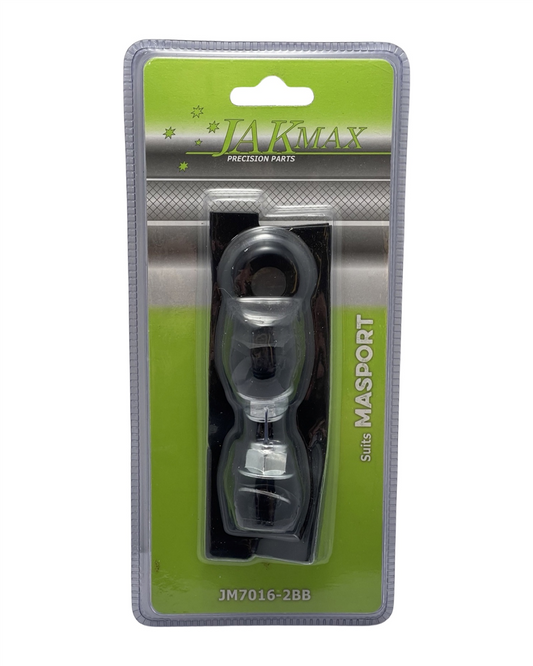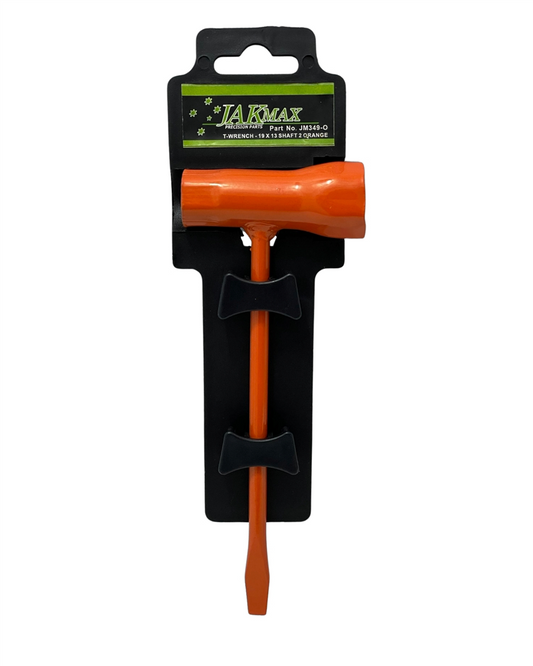David Attenborough once called them aerial acrobats—but in your yard, they're pest assassins.
Share
They Don’t Just Look Magical: Discover the Quiet Warriors of Backyard Balance
Ever swatted at a mosquito in the garden and wished something would handle the problem for you? Turns out, nature already has — and it’s swooping silently above your flower bed.
Garden Pest Control Doesn’t Have to Come in a Spray Bottle
Dragonflies — those glimmering, hovercraft-like insects that zigzag across warm afternoons — aren’t just pretty. They’re serious predators. One dragonfly can eat hundreds of mosquitoes in a single day. Hundreds. And that’s just their appetite as adults. Their babies, called nymphs, also feast on pests like fly larvae and even small aquatic nuisances.
This isn’t new, flashy science. It’s been happening for millions of years. And it works. Gardeners who learn how to welcome these winged allies often notice a clear before-and-after: fewer pests, happier plants, and more peaceful evenings without the buzz and bite of flying insects.
Why Dragonflies Deserve a Spot on Your Garden Dream Team
- They’re free workers: Dragonflies scout, hunt, and snack all on their own. You don’t need to train them or pay them in fish food.
- No chemicals required: They reduce the need for store-bought sprays or confusing deterrents.
- Targeted pest control: They focus on the kinds of pests you and your plants actually dislike — think mosquitoes, flies, midges, and aphids.
- Beautiful bonuses: Their shimmering wings and swooping flights add movement and charm to your outdoor space.
Old Advice Said Bug Zappers. New Wisdom Says Little Ponds.
Want to see dragonflies work their magic in your yard? Roll out the welcome mat. They’re drawn to still, clean water. A simple birdbath, half wine barrel with water plants, or even a self-watering pot can be enough to tempt them in. Add native grasses or reeds for perching spots and they’ll stick around.
This isn't about building an outdoor aquarium. It's about creating tiny invitations: "Yes, you’re welcome here." Once they spot a good landing zone and hunting ground, they return regularly. Like clockwork.
The Real MVP? The Nymph.
Before they grow wings, dragonflies spend months underwater as nymphs. They look a little like alien shrimp, but they’re powerhouses—eating mosquito larvae, gnats, and other small creatures that could turn into buzzing pain later on. By the time they crawl out and take flight, they’ve already done months of pest patrol below the surface.
"For every elegant wingbeat you see above your roses, there are hundreds of unseen strikes below your pond."
The Garden Feels Different With Dragonflies Around
There’s something deeply calming about watching dragonflies. Maybe it’s their helicopter-like motions, maybe it’s knowing they’re keeping pests in check without harming other pollinators. Either way, they bring a kind of balance — and for many, a simple pride: "Nature’s working here."
One couple down the road from the shop added a shallow water bowl surrounded by native rushes. "Within two weeks," they said, "we had dragonflies darting through our beans and barely a mozzie anywhere. It felt almost… magical."
Your Next Step: Make Room for the Wings
Add water. Keep it shallow. Tuck in a rush or two. Let the grass near it grow just a bit wilder. The dragonflies will handle the rest, turning your garden from bite-filled chaos to quietly balanced bliss.
Sometimes, the best garden gadgets don’t need batteries — just wings.
Happy growing,
Candeece
 Stay Connected
Stay Connected
Join our gardening community on Facebook: Urban Gardener's Notebook
And follow our Store Facebook Page: Strathalbyn H Hardware on Facebook









